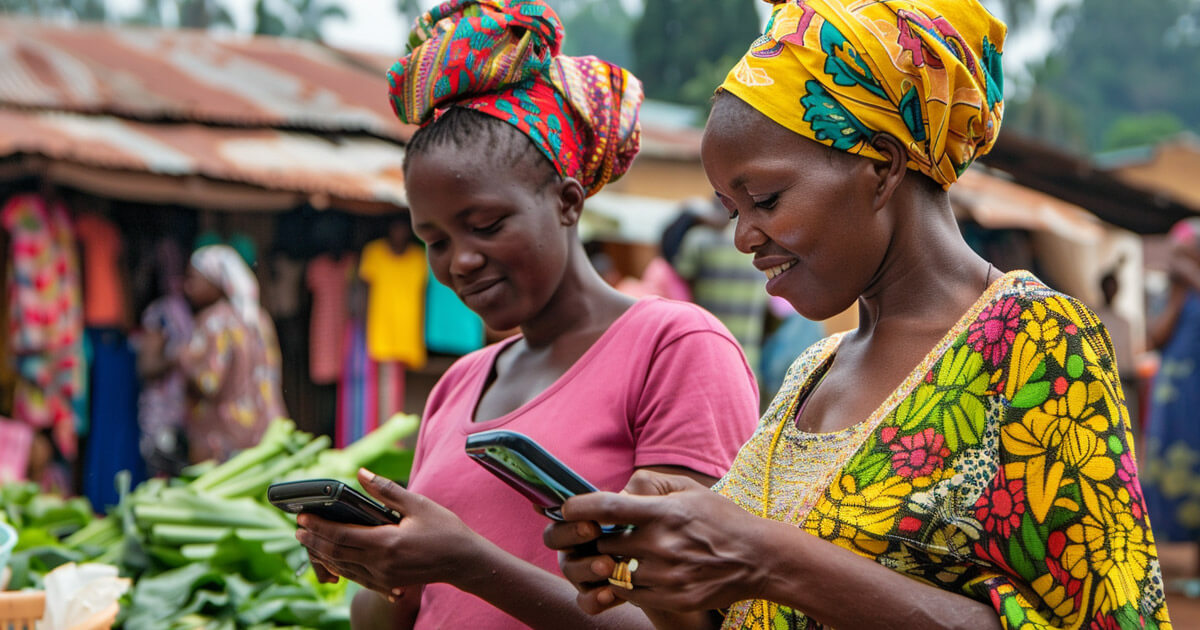Transformation of Financial Transactions in Developing Countries
The world of financial transactions is currently undergoing a significant transformation due to the rapid advancements in Web3 payments. While this evolution is being observed on a global scale, it is particularly striking that developing countries are at the forefront of this change.
The proactive stance taken by these nations demonstrates their agility and adaptability, positioning them as leaders in financial innovation. From reshaping decentralized money transfers to democratizing payment systems, the rise of Web3 payments in the developing world represents a monumental shift in how we view and engage with financial transactions.
The Evolution of Money Transfers
Developing countries have long faced challenges with expensive and inefficient financial systems, hindering financial inclusion. Traditional methods often involve substantial transfer fees of over 10%, lengthy processing times for cross-border payments of up to five business days, and limited accessibility for the unbanked population, who may lack permanent addresses, government identification, or stable income sources.
These challenges disproportionately affect underserved communities. However, the emergence of Web3 technologies is reshaping this landscape by offering new opportunities to those previously excluded from traditional financial ecosystems.
One of the most notable impacts of daily-use Web3 payments in developing countries is the revolutionization of money transfers, both on macro and micro levels. Whether it involves purchasing a meal, paying rent, or sending funds across borders, this transformation not only streamlines the process of sending and receiving money but also reduces reliance on intermediaries, consequently mitigating associated KYC standards and delays.
Business owners are also benefiting from the inclusion of crypto payments, with those embracing cryptocurrency experiencing a significant return on investment and attracting new customers. Successful examples of Web3-based money transfer implementations in developing economies, such as Brazil, showcase the effectiveness of P2P crypto swaps and DeFi protocols in facilitating transparent and secure cross-border transactions.
Embracing Web3 Payments for Inclusive Prosperity
The swift adoption of Web3 payments in developing countries is driven by a convergence of economic, regulatory, and grassroots factors, amplifying this trend. The implications of this adoption extend beyond national boundaries, reshaping global economic and financial trends.
Adopting Web3 payments is not merely a convenience but a response to urgent economic and social needs in nations grappling with hyperinflation and economic instability. Cryptocurrencies provide stability and protection against economic volatility in countries like Venezuela and Argentina, where traditional currencies have faltered.
Concerns regarding financial freedom and government control are propelling adoption in regions where asset freezing can have severe consequences, particularly for marginalized groups. The regulatory environment in many developing countries is becoming more favorable for adopting Web3 technologies due to the urgent need for alternative solutions, as evidenced by South Africa’s regulatory clarity on cryptocurrencies.
Initiatives within the African Union and other regions are actively creating frameworks to support innovation and investment in Web3 solutions. This regulatory certainty encourages the development of a dynamic ecosystem of Web3 technologies, fostering adoption and stimulating economic growth.
Grassroots movements and entrepreneurial endeavors are pivotal in driving the adoption of Web3 payments globally. Community-driven projects and startups demonstrate the increasing demand for alternative financial solutions that address the unique challenges faced by individuals and businesses in developing countries.
Grassroots crypto adoption is surging in Lower Middle Income countries, surpassing pre-bull market levels and leading the way towards a new era of global Web3 adoption. As these movements gain momentum, they are ushering in a revolution, drawing attention from around the world.
As the landscape of financial transactions continues to evolve, developing countries are leveraging the transformative power of Web3 payments to bridge the gap with developed economies and pave the way for economic empowerment and resilience on a global scale.
Image/Photo credit: source url





